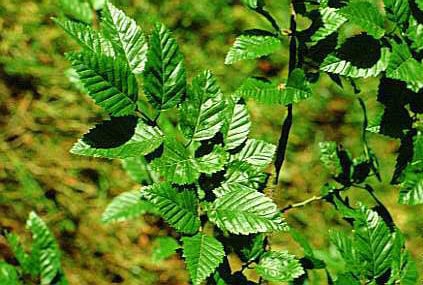Not the plant you're looking for? Search over 300,000 plants
Trees
Size
Ultimate height
8–12 metresTime to ultimate height
20–50 yearsUltimate spread
4–8 metresGrowing conditions
Chalk
Clay
Loam
Sand
Moisture
Moist but well–drained, Well–drainedpH
Acid, Alkaline, NeutralColour & scent
| Stem | Flower | Foliage | Fruit | |
| Spring | Green Yellow | Red Green | ||
|---|---|---|---|---|
| Summer | Green | |||
| Autumn | Orange | Green | ||
| Winter |
Position
- Full sun
- Partial shade
Aspect
North–facing or South–facing or West–facing or East–facing
Exposure
Exposed or Sheltered Hardiness
H6Botanical details
- Family
- Betulaceae
- Native to GB / Ireland
- No
- Foliage
- Deciduous
- Habit
- Bushy
- Genus
Carpinus are deciduous shrubs and trees with attractive foliage and hop-like fruit clusters in late summer and autumn
- Name status
Correct
- Plant range
- N China to Japan
How to grow
Cultivation
Grows well in most moderately fertile, well-drained soils. Excellent as a smaller woodland tree or in a parkland setting
Propagation
Suggested planting locations and garden types
- Architectural
- Low Maintenance
- Banks and slopes
- Hedging and screens
Pruning
Pruning group 1 and will tolerate very hard pruning
Pests
May be susceptible to caterpillars and aphids
Diseases
May be susceptible to powdery mildews, coral spot and sometimes honey fungus
Get involved
The Royal Horticultural Society is the UK’s leading gardening charity. We aim to enrich everyone’s life through plants, and make the UK a greener and more beautiful place.
